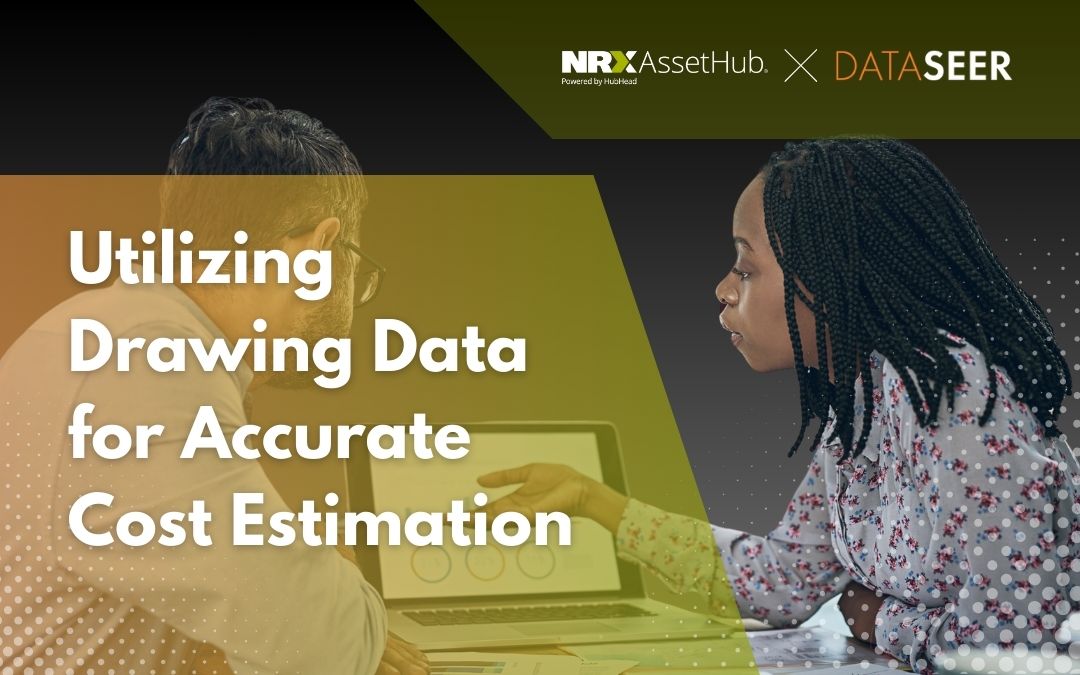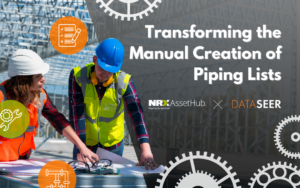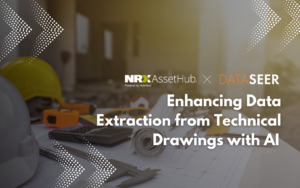Cost estimation in engineering projects is a critical aspect that determines the success or failure of a project. Traditional methods often rely heavily on historical benchmarks rather than leveraging the wealth of data available in technical drawings. This blog will explore the importance of using drawing data for cost estimation and the challenges associated with current practices.

Many organizations still rely on historical benchmarks for cost estimation, which can lead to inaccuracies and misestimations. This approach overlooks the specific details provided in the current technical drawings, resulting in estimations that are not reflective of the actual project scope and requirements.
Using outdated methods can lead to poor cost estimations, causing cost overruns, delayed schedules, and scope creep. This not only affects the project’s profitability but also the organization’s reputation and ability to win future bids.
Leveraging AI and computer vision, tools like DataSeer can extract and digitize data from technical diagrams and datasheets. This approach allows for more accurate and data-driven cost estimations, improving the reliability of project bids and reducing the risk of cost overruns.

Incorporating drawing data into cost estimation processes is not just a modern approach but a necessary evolution to ensure accuracy and efficiency in engineering projects. Adopting tools that automate data extraction from technical drawings can significantly enhance the estimation process, leading to better project outcomes.
How Can We Help You?
HubHead and DataSeer’s AI Service combines human-level understanding with machine speed to build a scalable knowledge data store of engineering designs. By integrating these solutions with your existing EAM/CMMS systems and creating a digital twin, you can enhance decision-making and streamline your maintenance processes. Contact us for a free demo or book a call.
Transforming the Manual Creation of Piping Lists
The Tedious Nature of Creating Piping Lists Manually
Enhancing Data Extraction from Technical Drawings with AI
Share this article




